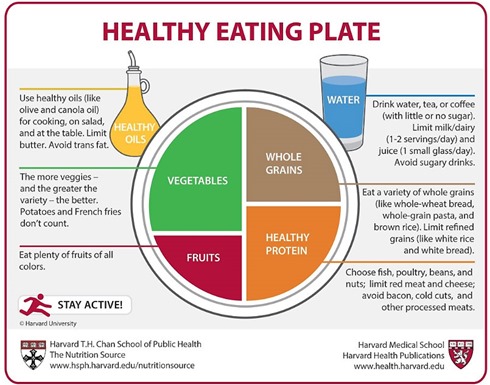Aging, health, diet, a new decade and a New Year’s resolution
Posted By RichC on January 1, 2020
We’re not getting any younger … and in my case, I’m a bit more conscious of age creeping into my decision-making process. Things I did years ago like heavy lifting, working under a car then jumping up  and back down after retrieving a required tool … or even the enjoyable laying down on the floor to play with my granddaughter like I did with Katelyn and Taylor in my 30’s … it is not nearly as easy or as automatic as it once was. Thankfully, I’m still in good shape (for 60 years young), but I definitely notice that it is not as easy as a decade ago.
and back down after retrieving a required tool … or even the enjoyable laying down on the floor to play with my granddaughter like I did with Katelyn and Taylor in my 30’s … it is not nearly as easy or as automatic as it once was. Thankfully, I’m still in good shape (for 60 years young), but I definitely notice that it is not as easy as a decade ago.
On a positive note, I felt better in 2019 than in 2018, thanks in part to a focus on eating a little bit healthier and “trying” to to be a bit more active. The gift of a Fitbit this summer helped too, since it reminds me just enough (not annoyingly) to be more active. I may not always hit the magic 10,000 steps (see below break), but it helps having a target and goal. Since starting with the Fitbit in July, my weight is down and I physically notice the difference in my energy level and how I feel. I’m sure having a positive outlook and being a little more active helps, but suspect being a little more focused on eating healthier makes a difference too.
So with that, I’m making it my New Year’s Resolution to continue to focus on being active and hitting the 10,000 steps per day target … but will add a semi-healthy eating plan in 2020 to move closer to a Mostly Plant-Based (MPB) diet in following the advice of Dr. Michael Greger – info found in his two books: How Not to Die and How Not to Diet.
Obviously the “semi” means that I’m still planning to eat meat and some of the “not so good for me” foods (sugars, processed and fast foods), but I will make a concerted effort to add more from the whole food and mostly plant-based list. I’ve already asked Brenda to include a few more fruits, some new fruits and vegetables and some legumes that are currently non-existent in most meals.
When you join Fitbit, the default goal we set for each member is the magical number of 10,000 steps a day (you can also choose to customize your goal). And while this may not be the first time you’ve heard that goal, it might be more meaningful, and motivating, to understand its origins.
The Japanese first started using the 10,000 steps a day number, as part of a marketing campaign (!) to help sell pedometers. Since that initial campaign however, medical experts around the world have agreed that 10,000 is a healthy number for which to aim.
10,000 steps a day is a rough equivalent to the Surgeon General’s recommendation to accumulate 30 minutes of activity most days of the week. It should be enough to reduce your risk for disease and help you lead a longer, healthier life. The benefits are many: lower BMI, reduced waist size, increased energy, and less risk for Type II diabetes and heart disease. In fact, a study of the 10,000 steps a day method conducted in 2010 reported conclusive health benefits.
10,000 steps daily is approximately 5 miles. Unless you have a very active lifestyle or profession, you probably don’t reach 10,000 steps on a given day without putting some effort into your activity. This could be a lifestyle change such as walking to work, or the addition of an exercise routine to your day.
Another reason to do it? For most people, it’s convenient, free and simple to reach with just a little change to your daily routine. Working towards a 10,000 step a day goal? Good for you! Join the conversation below to help others get motivated, too!
From the FitBit Blog

Comments